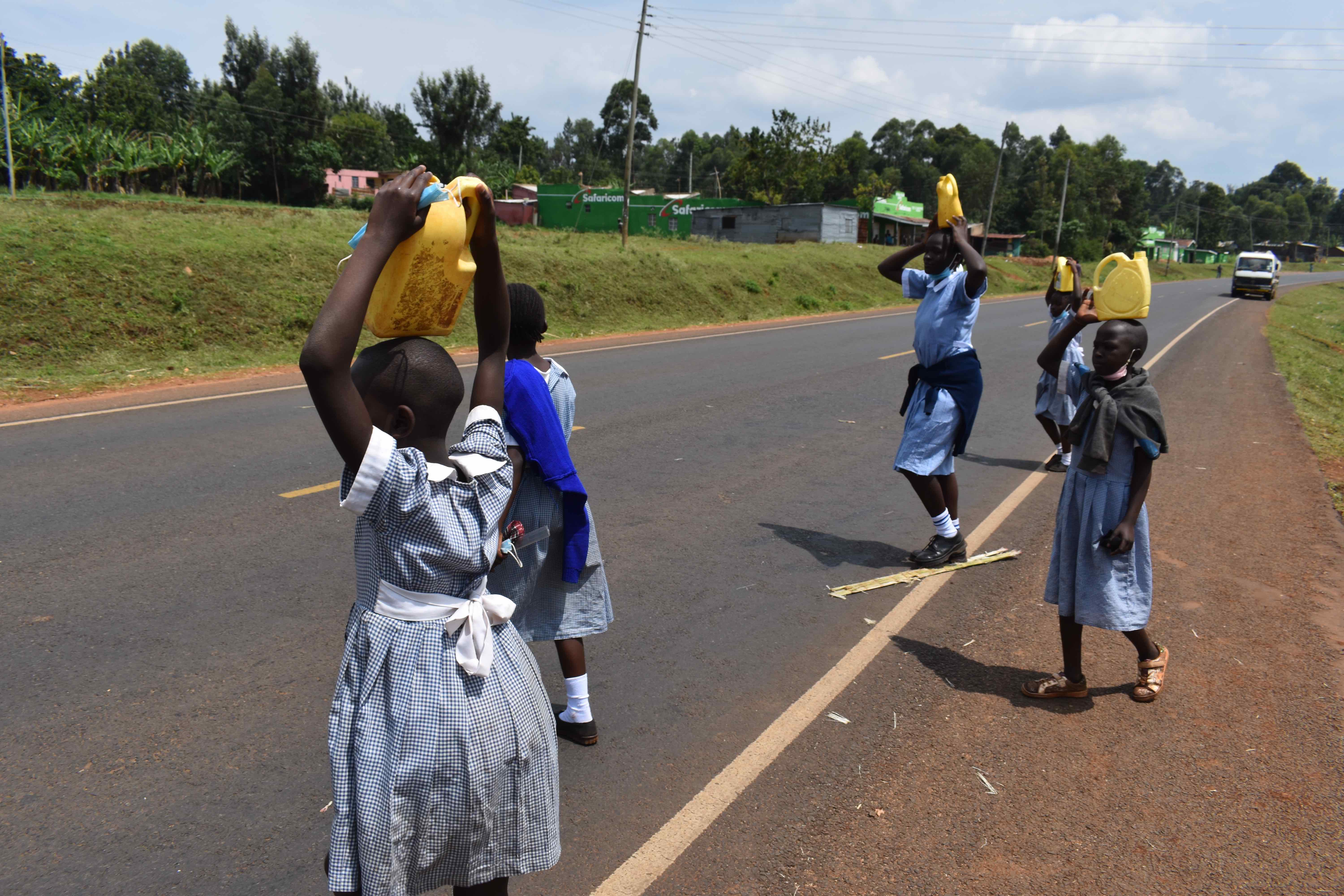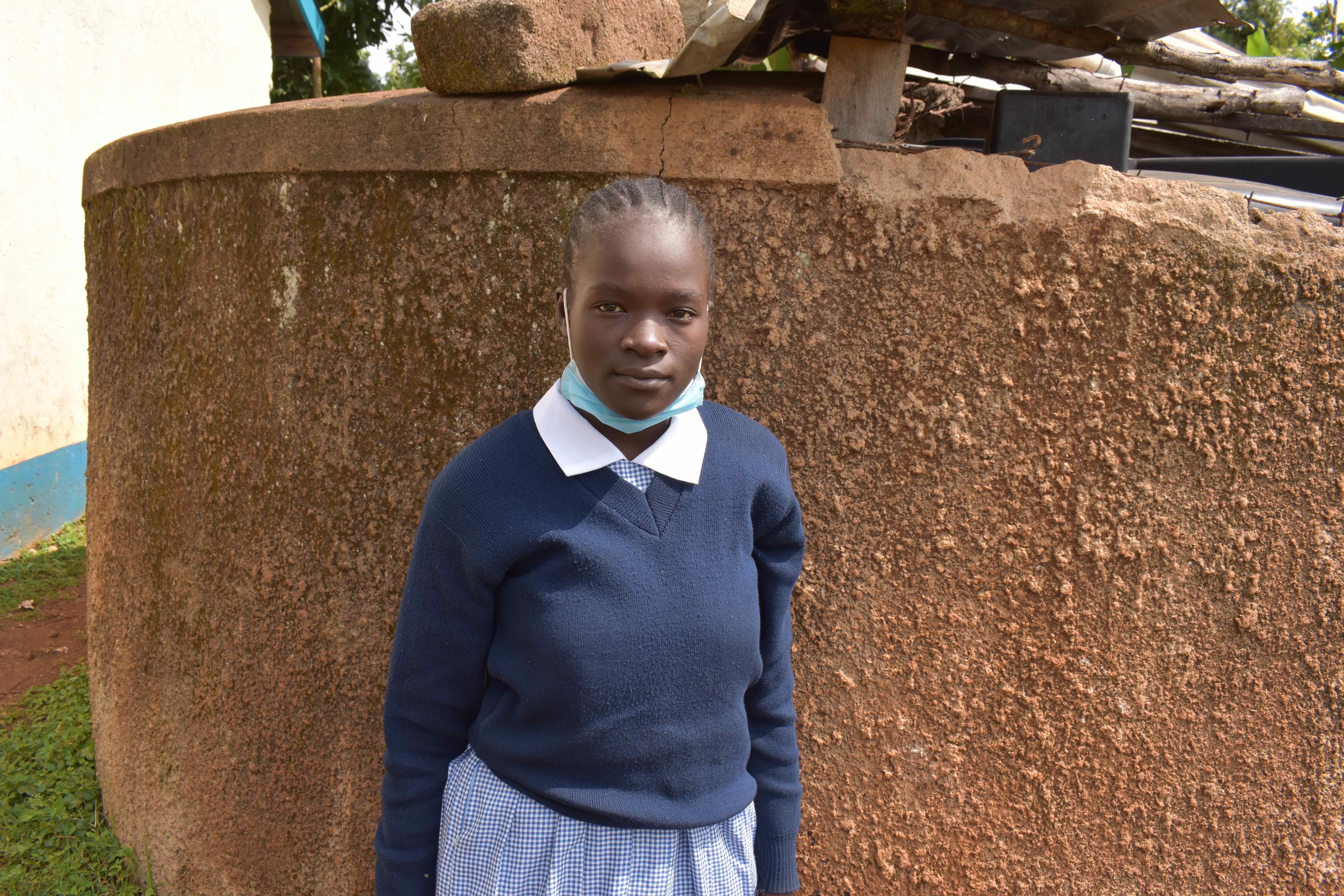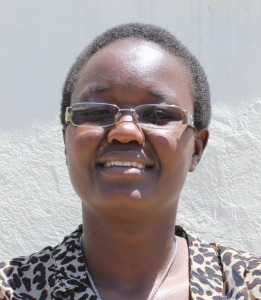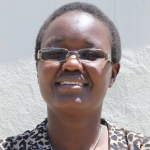The area around Nyang'ori Primary School is densely populated and well-vegetated. It is the meeting place of both rural and urban areas, as exhibited by local businesses running alongside nearby small-scale farms.
Every evening, the 430 students of Nyang'ori Primary School walk 2.5 kilometers (1.5 miles) to collect water from a well, the community's primary water source, and bring it home for the night. Students leave some water at home for their family's needs in the morning, then haul the rest to school. It's a tiring journey carrying both their books and heavy water jugs.
Some students choose to find water from other sources (often contaminated) because it seems easier. However, the dirty water leads to illnesses amongst the students and staff, like typhoid, diarrhea, and stomachaches.
By midday, the students and staff at the school are usually in need of water again. Teachers send students to fetch it during class time. Students return home to collect the remaining water from the night before or head to the well once again. This distraction means they are missing valuable learning time, but there is no other choice.

This task brings with it a couple of serious risks. First, the students must cross a busy, dangerous road. Then, once they get to the well, they must be very cautious as they draw water. There is a bucket tied to a rope which takes quite a bit of strength to pull up, and the children must be careful not to fall into the open well.

"[I] am always tired of carrying water from home to school every day. To make matters worse, the well where we fetch water is far from home and also dangerous for young children to get water without any adult around to guide us," shared a young girl named Snidah A.
There is a small plastic rain tank at the school, but it runs dry after a week (during the rainy season). Pupils and teachers cannot depend on the small tank because it is not large enough to be sustainable and does not serve the school's needs.
The school needs two large rainwater tanks that can collect sufficient water and ease the student's burden of hauling water to school two times a day.
What We Can Do:
Two Rain Tanks
Two 75,000-liter rainwater catchment tanks will help alleviate the water crisis at this school. The school will help collect the needed construction materials such as sand, bricks, rocks, and water for mixing cement. We will complement their materials by providing an expert team of artisans, tools, hardware, and the guttering system. Once finished, these tanks will begin catching rainfall that will be used by the school's students and staff for drinking, handwashing, cooking, cleaning, and much more.
We and the school strongly believe that all of these components will work together to improve standards at this school, which will lead to better student academic performance and help to unlock the potential for these students to live better, healthier lives.
Handwashing Stations
The student health club will oversee the two new handwashing stations we will provide, and make sure they are kept clean and in working condition. The club leaders will fill the handwashing stations with water daily and make sure they are always supplied with a cleaning agent such as soap or ash.
VIP Latrines
Two triple-door latrine blocks will be constructed with local materials that the school will help gather—one block for girls and one for boys. All of these new latrines will have cement floors that are designed to be easy to use and clean. And with two rain tanks right on school property, there should be enough water to keep them clean.
Training on Health, Hygiene, COVID-19, and More
We will hold a one-day intensive training session with students and teachers. This training will cover a wide range of topics including: COVID-19 symptoms, transmission routes, and prevention; personal and environmental hygiene; and the operation and maintenance of the rain tanks, latrines, and handwashing stations. There will be a special emphasis on handwashing.
Our team of facilitators will use a variety of methods to train, including participatory hygiene and sanitation transformation, and asset-based community development. We will initiate a student health club, which will prepare students to lead other pupils into healthy habits at school and at home. We will also lead lectures, group discussions, and provide illustrative handouts to teach health topics and ways to promote good hygiene practices within the school, like handwashing and water treatment. We will then conduct a series of follow-up trainings before transitioning to our regularly scheduled support visits throughout the year.

 Rainwater Catchment
Rainwater Catchment
 Rehabilitation Project
Rehabilitation Project








































